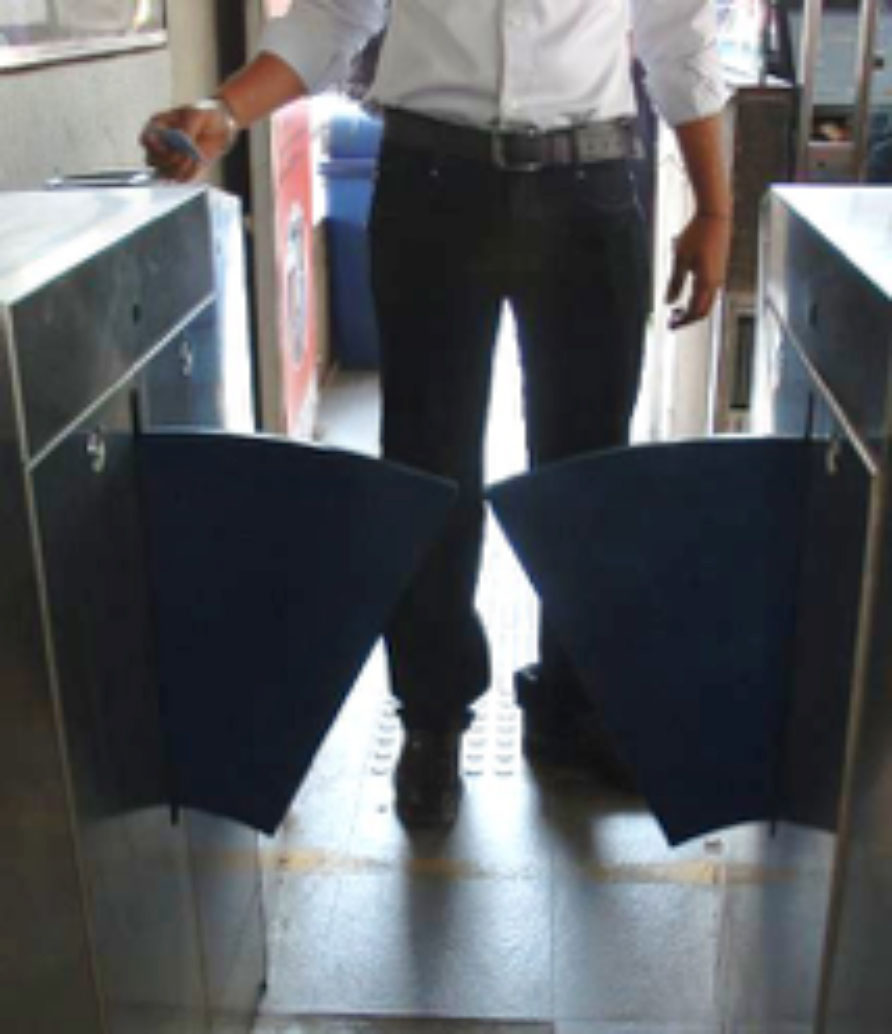19.3Fare Collection
When you buy a ticket, you’re basically voting for whatever you see.David A. R. White, actor, screenwriter, and producer, 1970–
IT systems for fare collection handle revenue management, financial management systems, and automatic fare collection (AFC). BRT systems function well with off-board, automatic fare collection systems, which reduce vehicle boarding times, allow the rapid introduction of new tariffs and services, reduce revenue leakage, provide data to support system optimization, and support integrated ticketing across multiple modes. Fare collection consists essentially of revenue management processes. The income received by the BRT agency and its expenses are managed by IT systems.
BRT stations have fare collection cabins where passengers may recharge electronic fare-payment media or purchase single-ride media. Passengers are able to use smart cards or other payment media at access control barriers inside the stations. These devices read the payment medium, determine if the medium has sufficient value, and then deduct the appropriate fare. The fare payment data are transmitted to the CCC via the station server.
The AFC system may be integrated with payment mechanisms on feeder buses and other non-BRT buses. Passengers use electronic media or buy tickets from conductors using handheld ticketing machines. At the end of a shift, the information is downloaded to a terminal server, where it is transmitted to CCC.
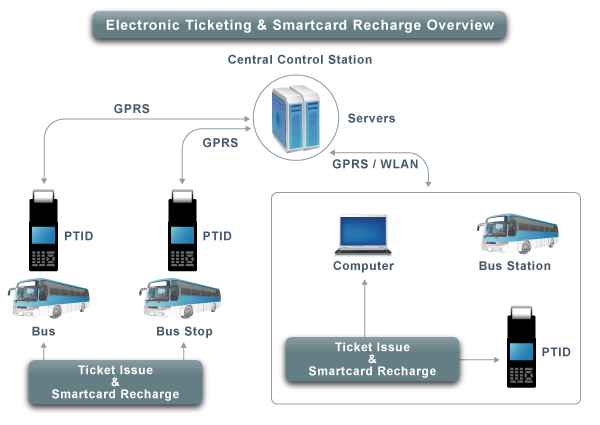
Data from all AFC transactions are stored at the CCC. Authorized BRT agency staff can view the financial transaction data through a secure dashboard developed by the IT service provider. The BRT agency can use the output from the AFC system to monitor financial performance on a continual basis. The BRT agency and an IT service provider may jointly staff the CCC. Cash collection from stations and terminals can be the responsibility of a service provider or bank. The service provider issues a daily report on total cash collection, and the bank issues a daily deposit report to the BRT agency.
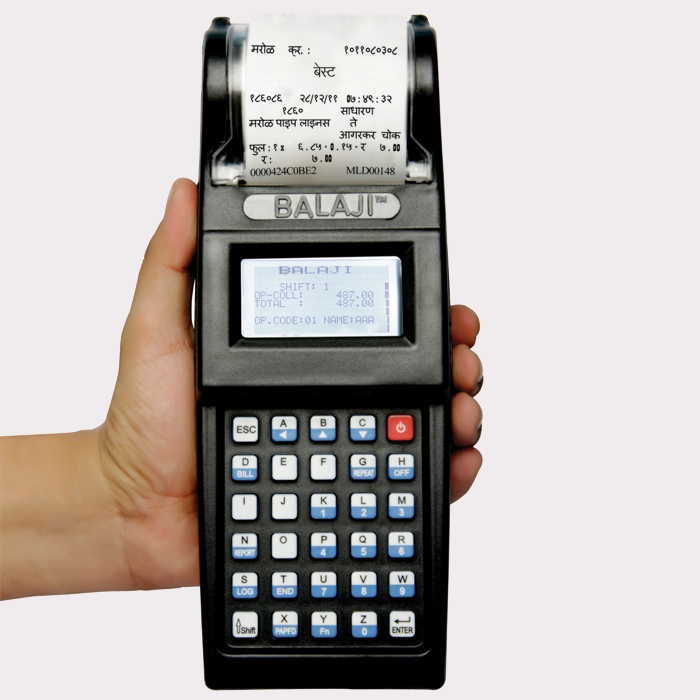
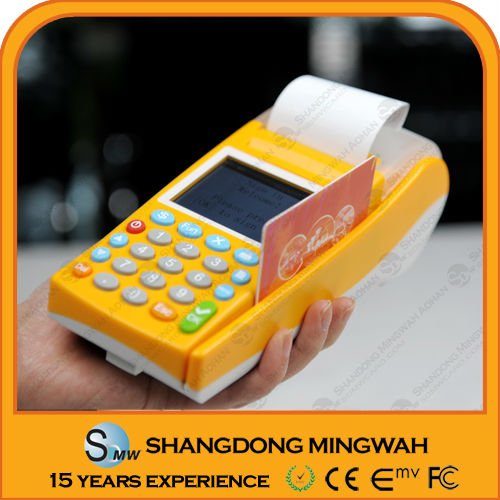
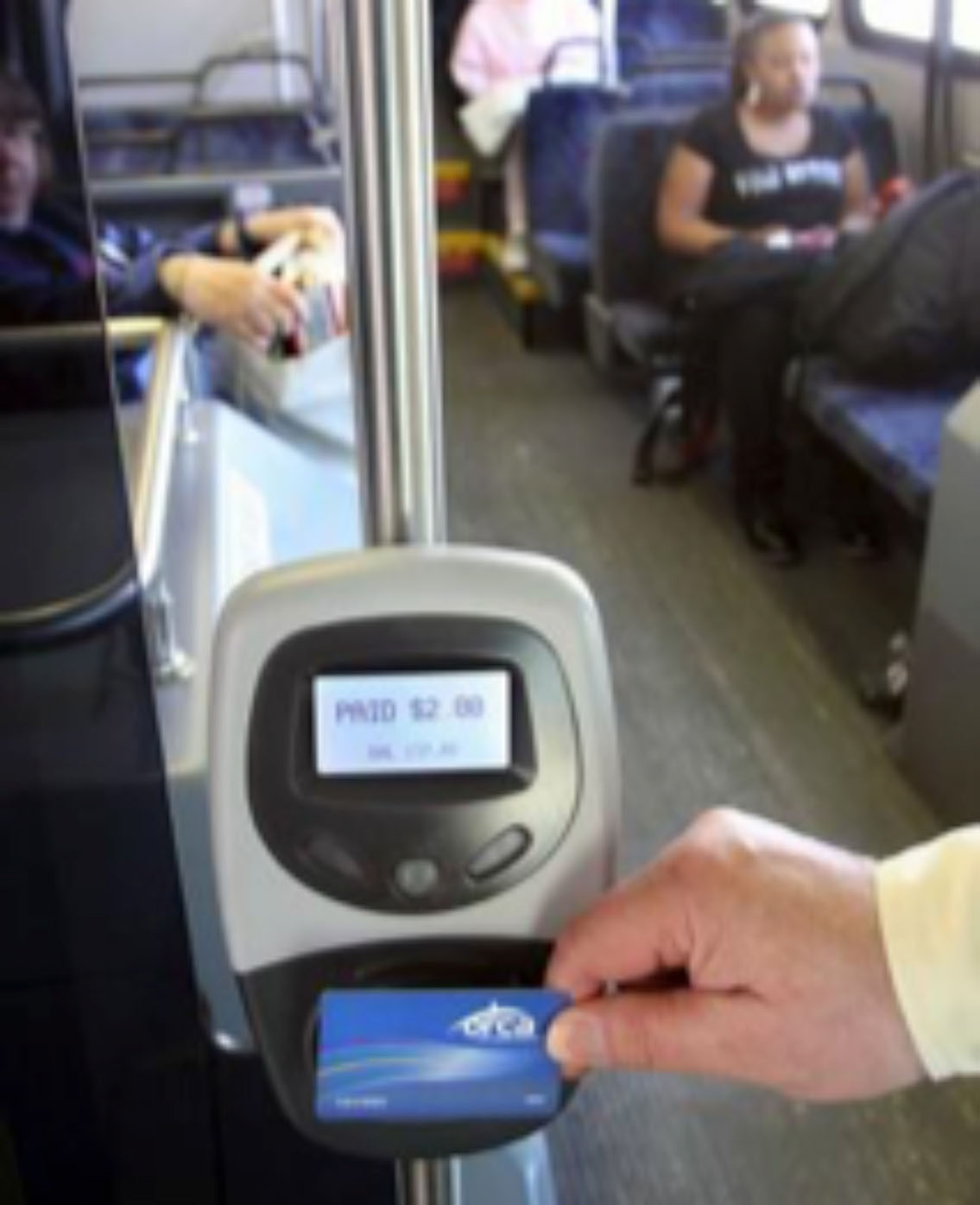
Table 19.5AFC Devices Required in Different Parts of the System
| Device | Place of Deployment | Function |
|---|---|---|
| Handheld Ticket Machine | ||
| Fig 19.5 | Onboard | Issue paper tickets |
| Fig 19.5 | Off board | For use in emergency situations, like power failure at stations |
| Smart Card Reader | ||
| Fig 19.6 | On the handheld ticketing device | Read the smart card and deduct appropriate fare |
| Fig 19.7 | Onboard | |
| Fig 19.8 | Off-board |
